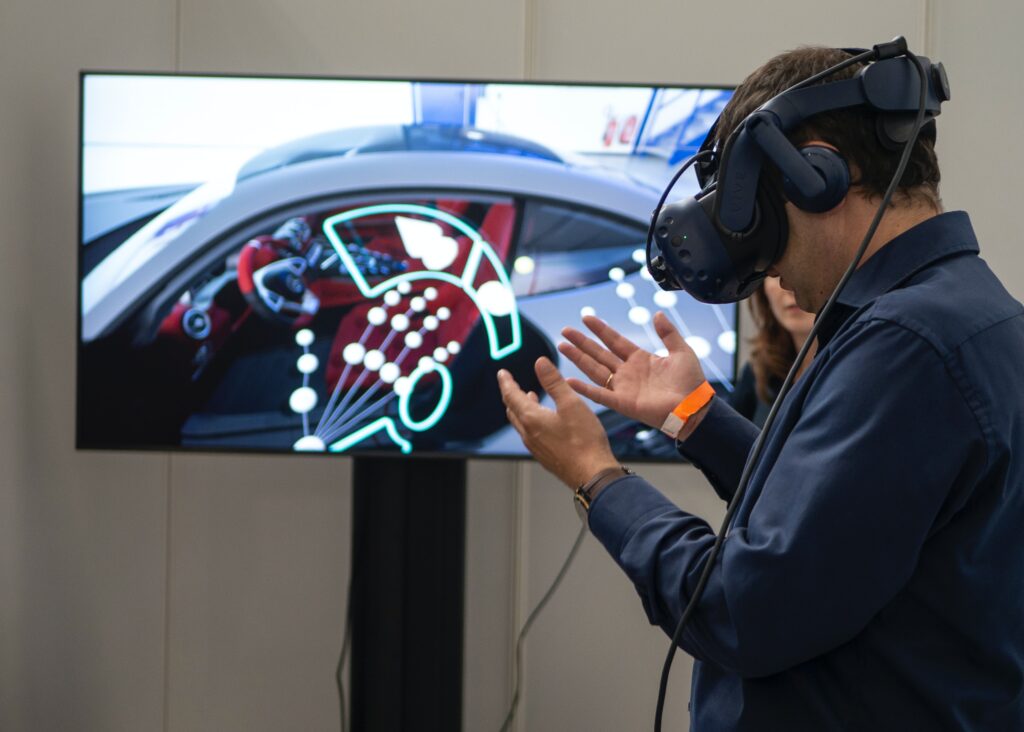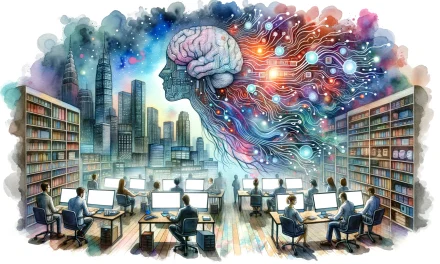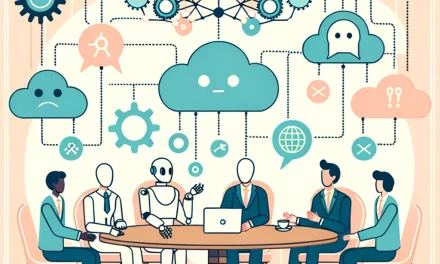Introduction to the Metaverse
The concept of the metaverse has been gaining momentum in recent years, as more and more people become aware of its potential to change the way we communicate and interact online. The term “metaverse” was first coined by science fiction author Neal Stephenson in his 1992 novel Snow Crash, where it described a virtual shared space that was created by the convergence of the real and the virtual. In recent years, the term has come to refer to a collective virtual shared space, created by the convergence of the physical and digital worlds.
Key Drivers of Metaverse Development
The development of the metaverse is being driven by several key factors, including the rise of virtual reality (VR) and augmented reality (AR) technologies. VR and AR have made it possible for people to experience and interact with digital content in a more immersive and lifelike way, and as these technologies continue to improve, the metaverse will become an increasingly realistic and compelling space for people to explore. For example, VR headsets like the Oculus Quest and the HTC Vive have become more affordable and accessible in recent years, making it possible for more people to experience VR. In addition, the development of 5G networks will provide faster and more stable connections, enabling VR and AR applications to run smoothly and seamlessly.
Another major driver of metaverse development is the growing popularity of online gaming and social networking. The success of platforms like Second Life and Minecraft has demonstrated the potential for virtual worlds to serve as social hubs and platforms for creativity and expression. As more and more people spend time in virtual spaces, the metaverse will become an increasingly important part of our online lives. For example, the popularity of massively multiplayer online games (MMOGs) like World of Warcraft and Fortnite has shown that people are willing to spend significant amounts of time and money in virtual worlds. In addition, the rise of social networking platforms like Facebook and Instagram has made it possible for people to connect and interact with others online in real-time.
Working from Home in the Metaverse

The development of the metaverse could also have a significant impact on the way we work. With the rise of remote work and the growing trend of working from home, the metaverse could provide a new platform for collaboration and communication. For example, instead of using video conferencing tools like Zoom or Skype, employees could meet and work together in a virtual shared space. This could provide a more immersive and engaging experience, allowing employees to feel like they are in the same room even when they are physically far apart. In addition, the use of VR technology could make it possible for employees to share and manipulate virtual objects in real-time, allowing for more efficient and effective collaboration. The metaverse could therefore become an important tool for remote workers and companies looking to facilitate remote collaboration.
The Impact of the Metaverse on Industries
The development of the metaverse will also have a significant impact on a wide range of industries. For example, the metaverse could provide a new platform for e-commerce, allowing businesses to create virtual storefronts and offer immersive shopping experiences to customers. Imagine being able to virtually try on clothes or test out products before making a purchase. The entertainment industry could also be transformed by the metaverse, providing a new space for concerts, sporting events, and other live experiences. For example, people could attend virtual concerts and sporting events from the comfort of their own homes, or even participate in the events themselves through the use of VR technology.
Ensuring the Metaverse Remains Open and Accessible

One of the challenges of metaverse development is ensuring that the virtual space remains open and accessible to all. With the potential for a small number of companies to dominate the metaverse, there is a risk that it could become a closed and proprietary platform. To prevent this, it will be important for policymakers and industry leaders to work together to ensure that the metaverse remains a fair and open platform for everyone. For example, policymakers could establish regulations to ensure that the metaverse remains open and accessible to all, and that user data is protected. In addition, industry leaders could work to develop standards and best practices for the metaverse, to ensure that it remains a safe and inclusive space for all users.
The Future of the Metaverse
The development of the metaverse has the potential to fundamentally change the way we live and interact with each other. As VR and AR technologies continue to improve, and as more and more people spend time in virtual spaces, the metaverse will become an increasingly important part of our lives. It will be important for policymakers and industry leaders to work together to ensure that the metaverse remains open and accessible to all, and that it is a safe and inclusive space for everyone.




